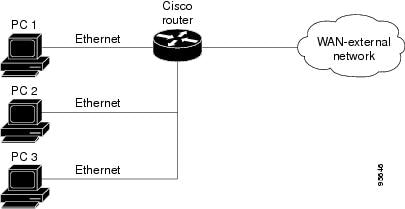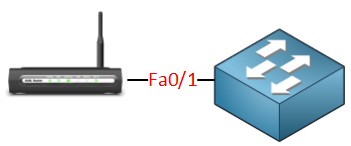

Logging says its trying to use Vlan 1 which is confusing me since in my radius server (Windows Server NPS) I’ve specified VLAN 23. I’ve gotten the switch user auth working but I’m struggling with the dynamic vlan port assignment. I’m working on setting up my switch to use 802.1x for user authentication on the switch along with port authentication for the end user/endpoints. I’m not sure how it works when you switch a user though…that’s something to test With SSO, the user credentials are used for 802.1X as well. I believe when you do this, machine authentication works automatically before the user attempts to log in. You could use the machine certificate to authenticate the computer with 802.1X and use the user account only for domain authentication. You can enroll user or machine certificates. When you provision the machine, you can use a GPO to configure your 802.1x settings and enroll certificates.
Cisco ios xe 802.1x mac#
You could create a script that adds the MAC address automatically when you provision the new machine. IAS/NPS probably supports a fallback VLAN so when authentication fails (it does because it’s a new machine), you can add it to a “provision” VLAN which allows access to the domain and provision it.Īnother option is MAB. When you provision a new machine, it has to join the domain so somehow it requires access to the domain.
Cisco ios xe 802.1x windows#
You really need to dive into windows authentication to figure out how this exactly works. From the “network engineer” perspective, 802.1X is layer two authentication so how the operating system deals with it is a system engineer issue Thus, all traffic will be allowed through. Any and all traffic from users on the impromptu wireless network will appear to the switch using the legitimate single MAC address allowed and the legitimate single associated IP address.

These port security features cannot be used to prevent the use of a rogue access point because the access point will create a separate subnet for its wireless users and it will use NAT to translate all of those users to a single IP address for the switch-facing interface. Additional port security scenarios include the use of IP source guard where packets from the specific IP address associated with the single allowed MAC address will only be permitted and all other hosts will be rejected. This prevents users from bringing their own switches and connecting multiple devices to it because each of those devices will send a different source MAC address to the switch and will trigger the port security threshold. The more common port security scenario, and the one that Rene is referring to in this lesson, is when port security is implemented so that only a single MAC address will be allowed on a port of a switch. However, this port security scheme is not used that often because it has a very large administrative overhead, especially in environments where many moves adds and changes take place. It would actually block the use of ANY device other than the computer with the specified MAC address. If this were implemented, then port security would indeed block the use of an access point. The first case will allow us to lock the port down such that only a specific computer having a specific MAC address can connect to that port. We can even use IP source guard to determine which will be the allowed source IP address that can use the interface, even on an L2 switch. We can restrict the use of a switch port to only one specific preconfigured MAC address or we can specify that only a single MAC address should be seen to be using this port. Using port security we can do several things.


 0 kommentar(er)
0 kommentar(er)
